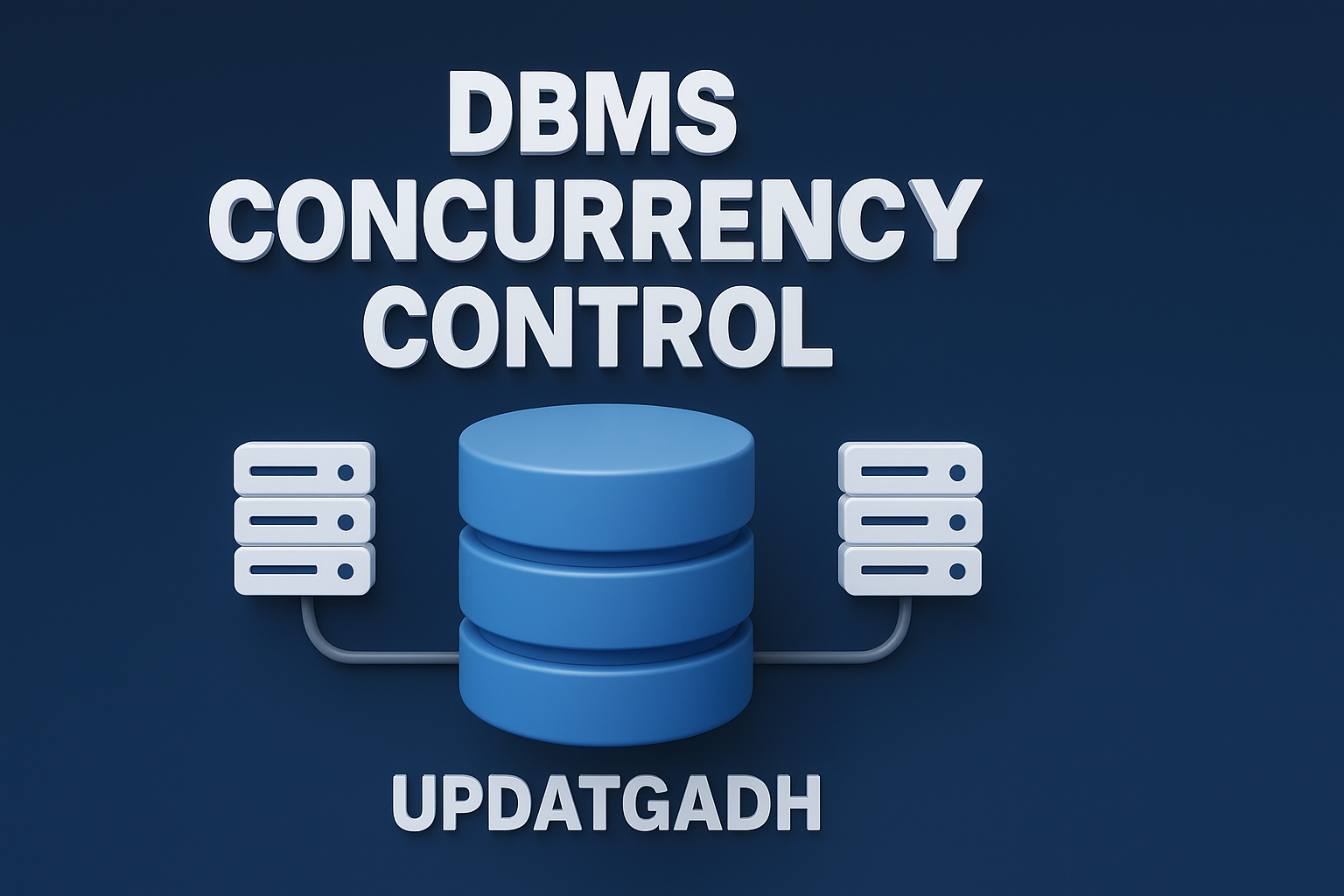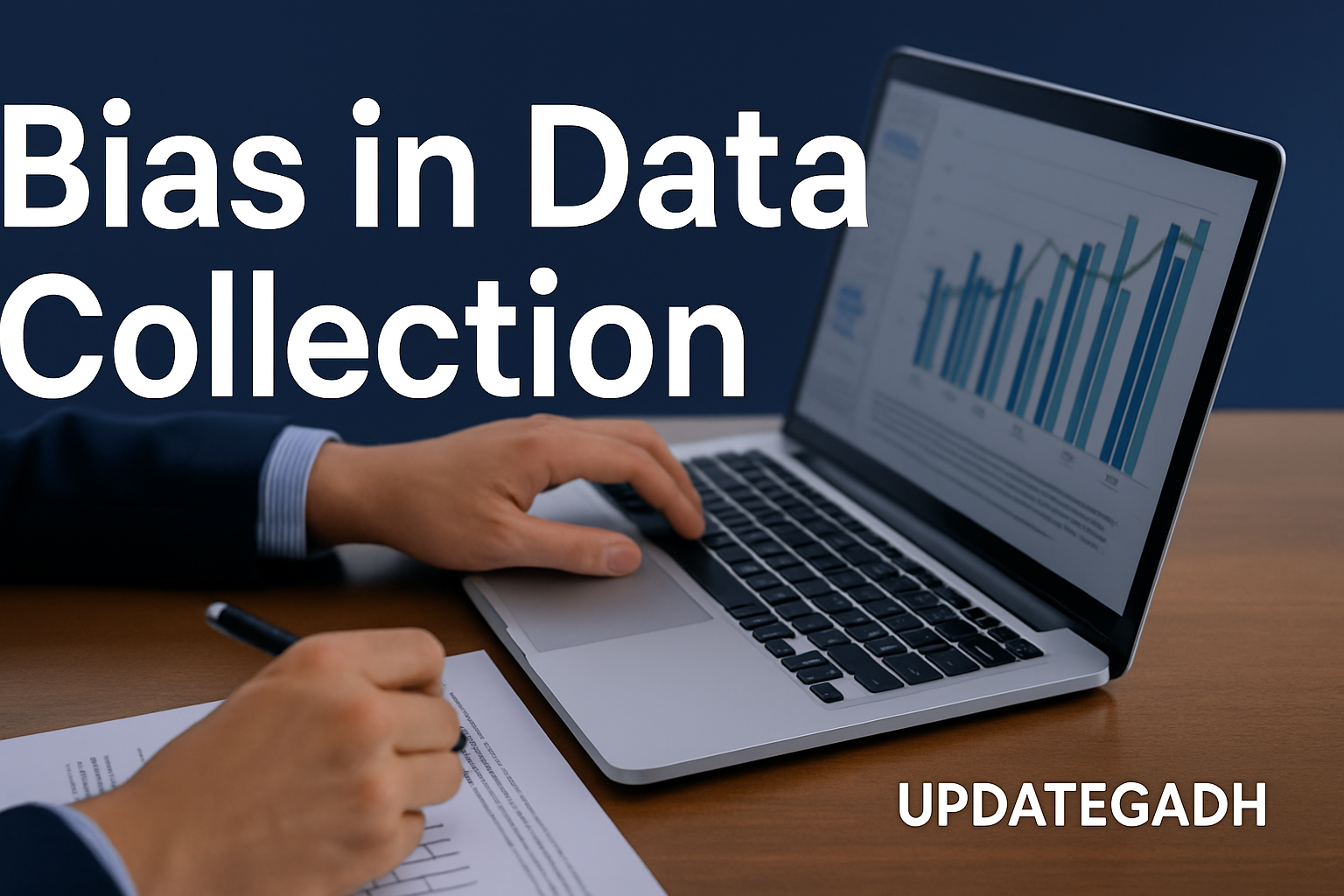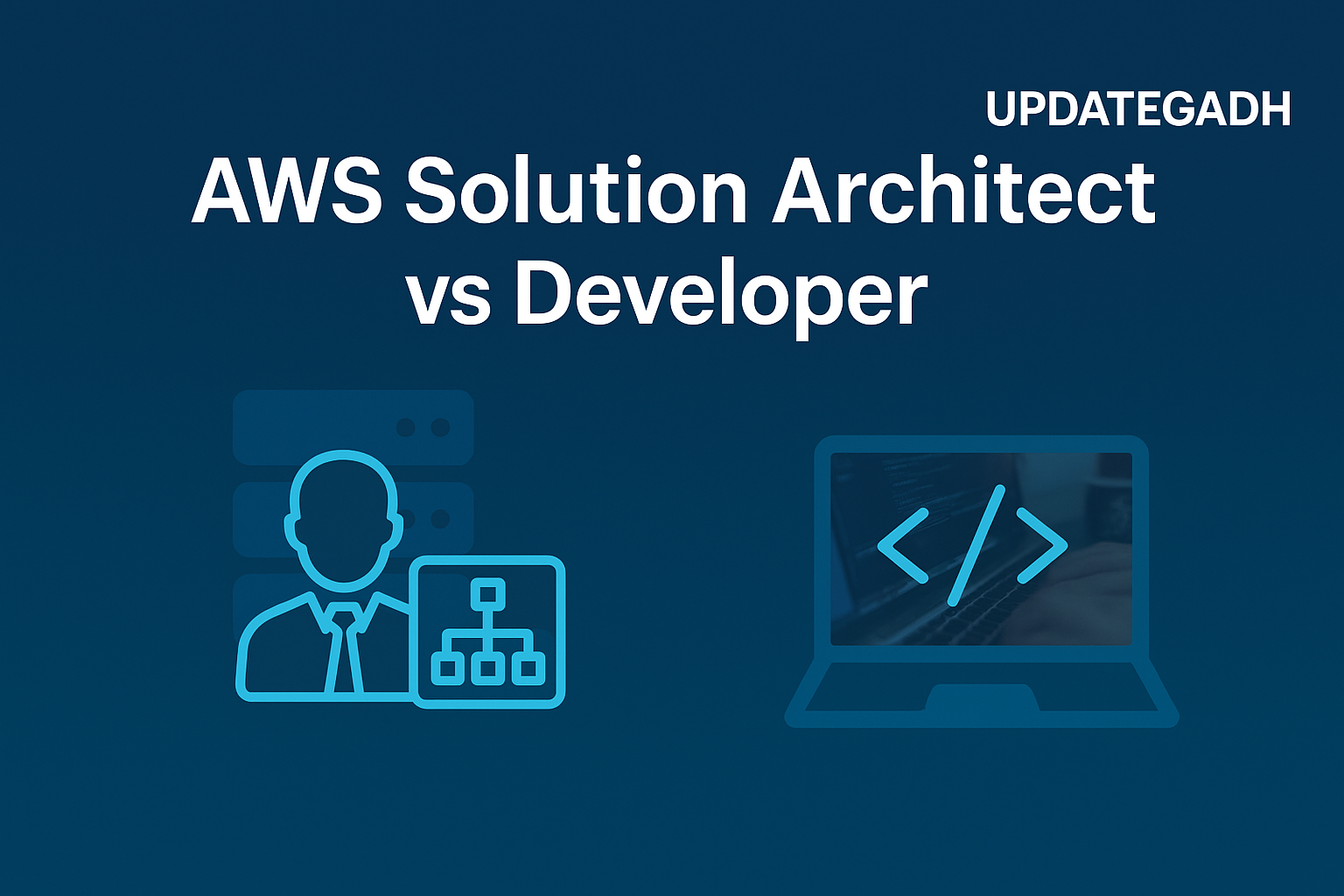
What is Data Analytics?
What is Data Analytics
Introduction
In today’s digital-first world, data analytics has emerged as a cornerstone of informed decision-making. From crunching numbers to solving real-world business problems, data analytics integrates statistics, mathematics, and programming to convert raw data into valuable insights. It empowers organizations to reduce risks, boost operational efficiency, and enhance customer experiences.
The data analytics process is a systematic approach that includes data collection, cleaning, analysis, interpretation, and visualization. In this comprehensive guide, we’ll walk through the fundamental components of data analytics, its types, methods, required skill sets, job roles, and its growing impact across industries.
Complete Python Course with Advance topics:-Click Here
SQL Tutorial :-Click Here
Machine Learning Tutorial:-Click Here
What is Data Analytics?
The practice of employing specialised tools and technology to analyse massive databases in order to find patterns, correlations, trends, and insights is known as data analytics. This involves a multi-step approach:
- Collecting raw data
- Cleaning and transforming it
- Modeling the information
- Interpreting and visualizing the outcomes
By extracting meaningful insights, data analytics enables sectors such as finance, healthcare, agriculture, retail, and government to make data-driven decisions that improve performance and competitiveness.
The Data Analytics Process
1. Data Collection
Gathering information from several sources, such as databases, social media, sensors, or internal systems, is the initial stage. Often, integration routines are used to consolidate information from multiple platforms into one usable dataset.
2. Data Cleansing
After gathering data, analysts remove inconsistencies, duplicates, and irrelevant entries. This ensures data quality and accuracy for downstream analysis.
3. Data Analysis & Interpretation
Using tools like Python, R, Excel, SQL, and Scala, analysts build models to uncover meaningful insights. The goal is to test hypotheses and ensure findings are statistically valid before deploying them for business use.
4. Data Visualization
The insights are then presented using graphs, dashboards, and infographics. Visual storytelling makes it easier to interpret results and share findings with decision-makers.
Types of Data Analytics
1. Descriptive Analytics
This summarizes historical data to identify trends, anomalies, and patterns. It helps businesses understand what has happened in the past.
2. Diagnostic Analytics
Diagnostic analysis digs deeper into the data to explain the why behind outcomes. Techniques like regression and correlation analysis are used to uncover root causes.
3. Predictive Analytics
This uses historical and current data to forecast future outcomes using machine learning algorithms and statistical models. Applications include sales forecasting and risk prediction.
4. Prescriptive Analytics
Going a step further, prescriptive analytics suggests actions by simulating different scenarios. It’s used in areas like pricing strategy and automated decision-making.
5. Real-time Analytics
This involves analyzing data as it is generated. It’s used for fraud detection, live customer interactions, and dynamic pricing models.
Methods of Data Analytics
✔️ Qualitative Analysis
This focuses on non-numeric data such as text, images, and videos. Methods include content analysis, narrative analysis, and grounded theory.
✔️ Quantitative Analysis
This deals with numbers and statistics. It involves hypothesis testing, mean/median calculation, and sample size determination.
Core Skills and Tools for a Data Analyst
To thrive in this evolving field, professionals need a well-rounded skill set. Here are the must-have capabilities:
📌 Programming Languages
- Python and R for data manipulation and statistical modeling
- Libraries like Pandas, NumPy, Matplotlib, Scikit-learn
📌 Database Management
- Proficiency in SQL, and understanding of database architecture
- Skills in working with relational and non-relational databases
📌 Machine Learning
- Familiarity with supervised and unsupervised learning
- Advanced knowledge of deep learning, ensemble models, and neural networks
📌 Statistical Modeling
- Expertise in regression analysis, time-series forecasting, and multivariate statistics
📌 Big Data Tools
- Experience with Apache Hadoop, Spark, and distributed computing frameworks
📌 Ethics and Data Governance
- Awareness of privacy laws, data protection, and bias mitigation
- Ability to ensure data security and ethical use
📌 Communication Skills
- Ability to present findings in a clear, engaging manner
- Proficiency in storytelling through data visualization
Career Opportunities in Data Analytics
The field of data analytics offers diverse roles based on experience level and specialization.
🔰 Entry-Level Roles
- Junior Data Analyst: Handles data preparation and simple reporting
- Junior Data Scientist: Assists in building models and exploratory analysis
- Associate Analyst: Supports strategic data initiatives and report generation
🔧 Mid to Senior-Level Roles
- Data Analyst: Delivers actionable insights across departments
- Data Engineer: Builds data pipelines and architecture
- Data Architect: Designs scalable and secure data systems
- Data Scientist: Leads advanced analytics and ML model development
- Marketing Analyst: Analyzes market trends and customer behavior
- Business Analyst: Bridges data with business strategies
The Evolving Future of Data Analytics
With the integration of AI, machine learning, and IoT, data analytics is not just about optimization anymore—it is driving real-time, innovation-led transformation. Companies are now:
- Building predictive systems to anticipate market changes
- Automating decision-making processes
- Innovating with personalized services based on data insights
This evolution also demands strict ethical standards, including data privacy, security, and transparency. Professionals must ensure that analytics practices are free of bias and fully compliant with legal frameworks
Download New Real Time Projects :-Click here
Complete Advance AI topics:- CLICK HERE
Conclusion
Data analytics is no longer a support function—it is a strategic engine powering business transformation. From boosting efficiency to driving innovation and sustainable growth, analytics plays a critical role across industries.
As organizations continue to harness the power of data, the demand for skilled professionals who can ethically and effectively manage and interpret information will only rise.
At Updategadh, we believe the future belongs to those who can not just access data, but make sense of it. Whether you’re a student exploring career options or a business leader looking to stay competitive, embracing data analytics is a step toward future readiness.
🔍 Stay tuned with Updategadh for more guides, resources, and career tips in the world of tech and analytics.
what is data analytics job
what is data analytics course
what is data analytics in simple words
what is data analytics with example
types of data analytics
importance of data analytics
data analyst salary
what is data analytics in hindi
what is data science
what is data analysis
what is data analytics skills
what is data analytics
what is data analytics used for
what is data analytics salary
what is data analytics in healthcare
what is data analytics course
what is data analytics in accounting
what is data analytics in simple words
what is data analytics certification
what is data analytics degree










Post Comment